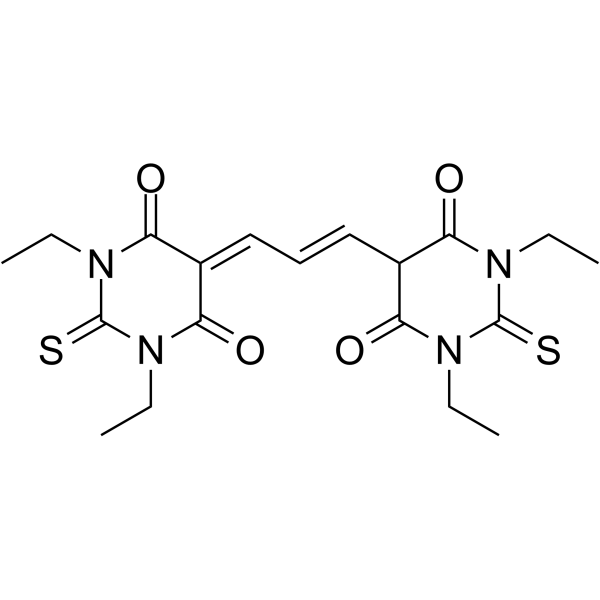Involvement of adenosine triphosphate-sensitive potassium channels in the response of membrane potential to hyperosmolality in cultured human aorta endothelial cells.
Mikiyo Yamaguchi, Yoshinobu Tomiyama, Toshiko Katayama, Hiroshi Kitahata, Shuzo Oshita
Index: Anesth. Analg. 100(2) , 419-26, (2005)
Full Text: HTML
Abstract
The membrane potential of endothelial cells is an important determinant of endothelial functions, including regulation of vascular tone. We investigated whether adenosine triphosphate-sensitive potassium (K(ATP)) channels were involved in the response of membrane potential to hyperosmolality in cultured human aorta endothelial cells. The voltage-sensitive fluorescent dye, bis-(1,3-diethylthiobarbiturate)trimethine oxonol, was used to assess relative changes in membrane potential semiquantitatively. To investigate the effect of mannitol-, sucrose-, and NaCl-induced hyperosmolality on membrane potential, cells were continuously perfused with Earle's balanced salt solution (285 mOsm/kg H(2)O) containing 200 nM bis-(1,3-diethylthiobarbiturate)trimethine oxonol and exposed to 315 and 345 mOsm/kg H(2)O hyperosmotic medium sequentially in the presence and absence of 1 muM glibenclamide, a well-known K(ATP) channel blocker. Hyperosmotic mannitol significantly induced hyperpolarization of the endothelial cells, which was prevented by 1 microM glibenclamide (n = 6). Estimated changes of membrane potential at 315 and 345 mOsm/kg H(2)O were 13 +/- 8 and 21 +/- 8 mV, respectively. Hypertonic sucrose induced similar changes. However, although hypertonic saline also significantly induced hyperpolarization of the endothelial cells (n = 6), the hyperpolarization was not prevented by 1 muM glibenclamide. In conclusion, K(ATP) channels may participate in hyperosmotic mannitol- and sucrose-induced hyperpolarization, but not in hypertonic saline-induced hyperpolarization in cultured human aorta endothelial cells.
Related Compounds
| Structure | Name/CAS No. | Molecular Formula | Articles |
|---|---|---|---|
 |
Bis-(1,3-diethylthiobarbituric acid)trimethine oxonol
CAS:47623-98-3 |
C19H24N4O4S2 |
|
Membrane potential changes visualized in complete growth med...
1997-03-15 [Exp. Cell Res. 231(2) , 260-8, (1997)] |
|
Peroxynitrite affects Ca2+ influx through voltage-dependent ...
2001-01-01 [J. Neurochem. 76(2) , 341-50, (2001)] |
|
Simultaneous mechanical stiffness and electrical potential m...
2009-04-29 [Nanotechnology 20(17) , 175104, (2009)] |
|
A membrane potential-sensitive dye for vascular smooth muscl...
2003-01-31 [Biochem. Biophys. Res. Commun. 301(1) , 113-8, (2003)] |
|
Measurement of membrane potential of endothelial cells in si...
1995-09-01 [Microvasc. Res. 50(2) , 183-98, (1995)] |